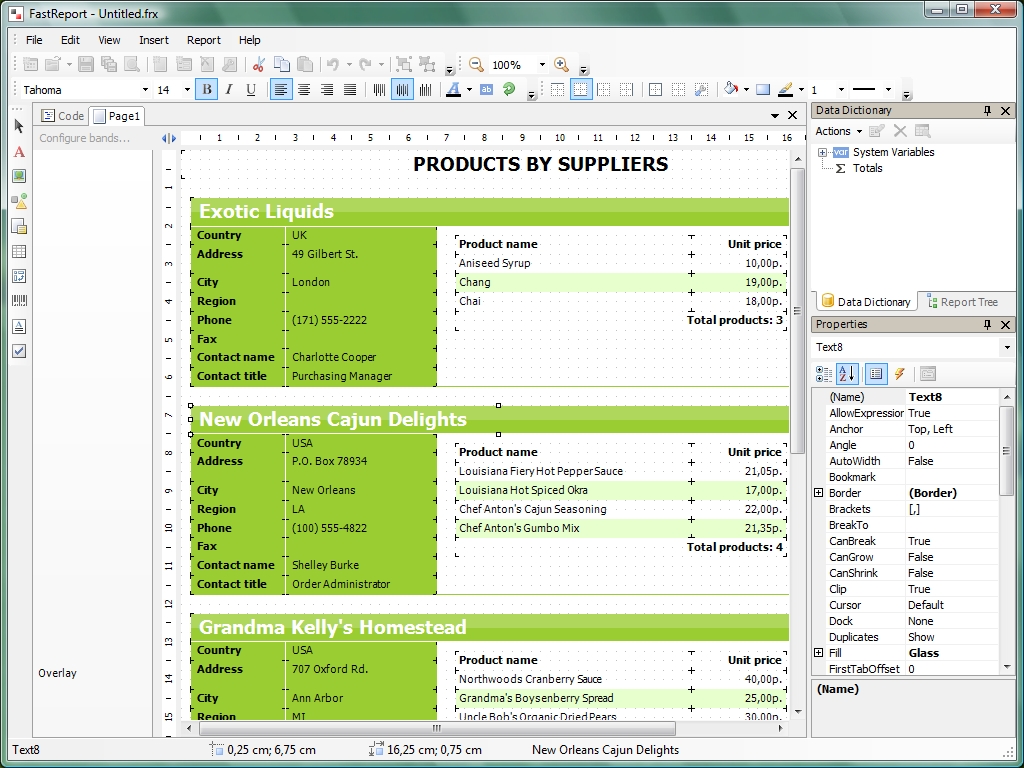

- #Firewall builder telnet for free#
- #Firewall builder telnet install#
- #Firewall builder telnet software#
This is a limited scope troubleshooting session, but it's quick, easy, and definitive. Unfortunately, there's no solution for connectivity issues in this troubleshooting technique that isn't related to binding, port listening, or firewall exceptions. Failures along the path will help narrow down where your problem is. And you can successfully connect to that listening port from a remote system. You can successfully create a firewall exception. The success of connecting to the listening port of the ncat system means that you can bind a port to your system's NIC. $ sudo ncat -k -l 9999 & What ncat tells you Some sysadmins don't use this option because they might leave a listening port open potentially causing security problems or port conflicts with other services. This option keeps the listening port alive. If you want to keep the listening port open rather than letting it die each time you disconnect, issue the -k (keep open) option. $ telnet 9999ĭisconnecting will also kill the TCP listening port on the remote (ncat) system, so don't attempt another connection until you reissue the ncat command. To disconnect, use the keyboard combination, CTRL + ]. This message means that you are now connected to the listening port, 9999, on the remote system. Retry the connection to the ncat system: $ telnet 9999 This command allows TCP requests on port 9999 to pass through to a listening daemon on port 9999. The first thing to try is to add a firewall exception to the ncat system: $ sudo firewall-cmd -add-port=9999/tcp This might be similar to the message you receive when attempting to connect to your original service. Telnet: connect to address : No route to host The attempt should fail as shown: Trying. $ sudo ncat -l 8080 &įrom a remote system, use the following command to attempt a connection: $ telnet 9999 You can place the command into background mode, to operate similar to a service daemon using the & (ampersand) signal. The following command starts a listening socket on TCP port 9999.

Using the ncat command, you will set up a TCP listener, which is a TCP service that waits for a connection from a remote system on a specified port. Check the ncat man page for usage, if you're interested in its many capabilities beyond this simple troubleshooting exercise.
#Firewall builder telnet install#
The ncat command should be part of your basic Linux distribution, but if it isn't, install the nmap-ncat package and you'll have the latest version of it. Where do you start when you've checked all of the obvious places? The ncat command to the rescue
#Firewall builder telnet software#
It could be many things: an improperly configured (or unconfigured) firewall exception, a NIC binding problem, a software problem somewhere in the service's code, a service misconfiguration, some weird compatibility issue, or something else unrelated to the network or the service blocking access. In what can stretch from minutes to days to infinity and beyond, you attempt to troubleshoot the problem. You think you've created the correct firewall exception for it, but yet, it doesn't respond. You've just installed, and you can't connect to it from another computer on the same network. Ncat will not only work with IPv4 and IPv6 but provides the user with a virtually limitless number of potential uses.Īmong Ncat's vast number of features there is the ability to chain Ncats together redirection of TCP, UDP, and SCTP ports to other sites SSL support and proxy connections via SOCKS4, SOCKS5 or HTTP proxies (with optional proxy authentication as well). It is designed to be a reliable back-end tool to instantly provide network connectivity to other applications and users. Ncat was written for the Nmap Project and is the culmination of the currently splintered family of Netcat incarnations. Ncat is a feature-packed networking utility which reads and writes data across networks from the command line. Follow along and see if you decide to add it to your toolbox as well. It is a handy, quick, and easy to use tool that I can't live without. The ncat command has many uses, but the one I use it for is troubleshooting network connectivity issues. So, what you really need is a toolbox filled with tools that you easily recognize and can use quickly without another learning curve when things are going bad. The life of a sysadmin is hectic, rushed, and often frustrating.
#Firewall builder telnet for free#
Download RHEL 9 for free through the Red Hat Developer program.


 0 kommentar(er)
0 kommentar(er)
